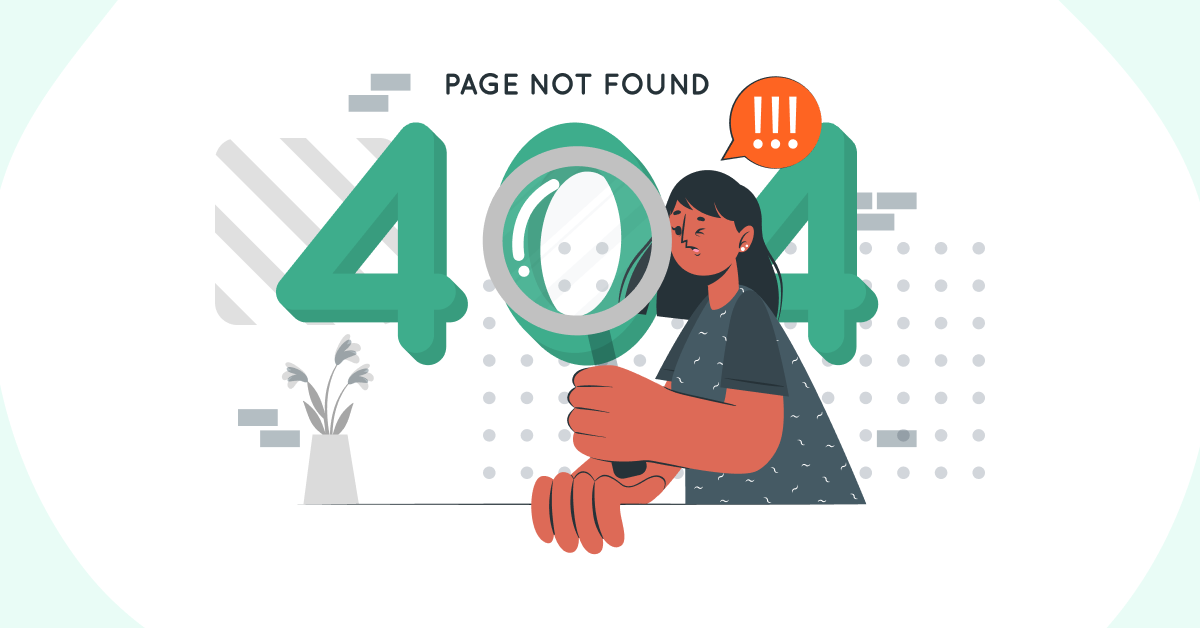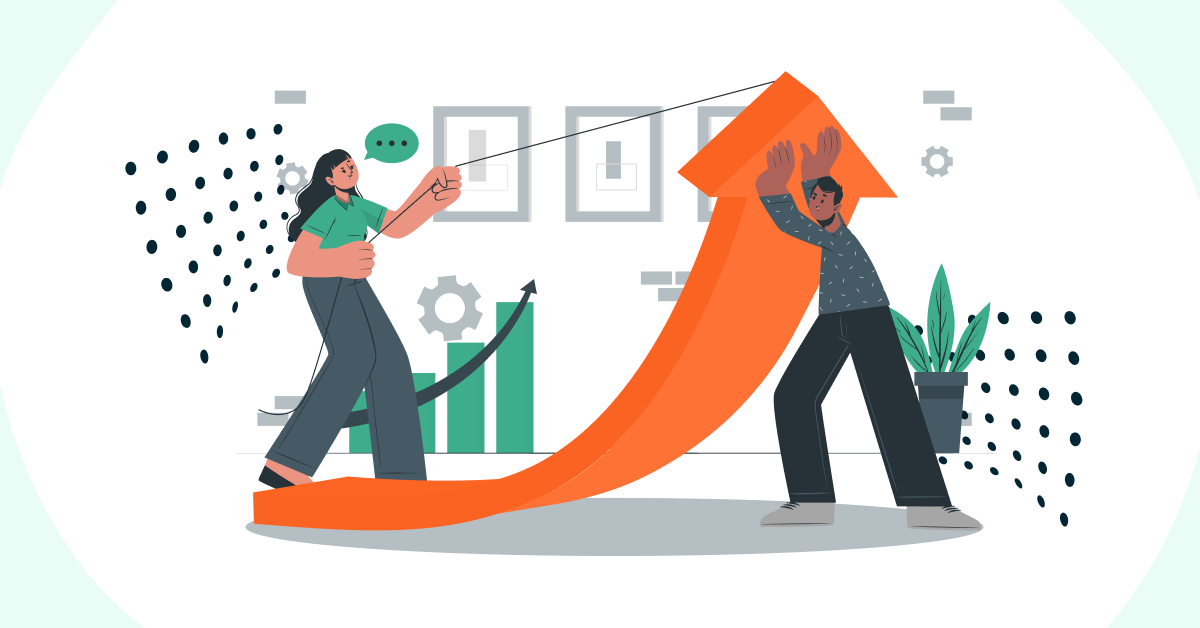Every entrepreneur endeavors to increase his sales and attain huge profits. For increasing your sales, you’ll be needing customers! Lots of them… Undoubtedly, search engines like Google, Bing, Yahoo, etc. can drive you a lot of traffic. But, there is a condition associated with it. Search engines will only send the potential audience to your page if your website becomes visible on the search engine result pages. To increase your visibility on search engine result pages, it is imperative to adopt SEO best practices. Keep on reading to find out eCommerce SEO strategies to double your eCommerce sales.
Check out these 16 SEO best practices for your eCommerce sales:
1. Select The Right Words
 Choosing the keywords can either make or break your SEO ecommerce. Choose wisely. If your content is optimized for the keywords that your potential audience will use, then it will work as a bridge to divert the potential audience from the result pages to your website.
Choosing the keywords can either make or break your SEO ecommerce. Choose wisely. If your content is optimized for the keywords that your potential audience will use, then it will work as a bridge to divert the potential audience from the result pages to your website.
On the contrary, if you select the short-tail keywords and long-tail keywords that are not used by your potential audience, then your website will never rank on the search result pages.
Conduct proper keyword research to develop and optimize your content according to it. Numerous tools can help you to select the right keywords to target your potential customers, for instance, Google Keyword Planner.
2. Improve Website Structure
A properly structured website not only increases your chances of higher ranking on search engine result pages, but also of getting a customer and selling a few articles.
Use proper HTML tags to make your ecommerce site semantic and easier for search engine bots to crawl. Use proper header, paragraph, images, etc. tags to improve the structure of your website.
Poorly structured websites are a big NO for boosting the SEO of your ecommerce store.
3. Write Keyword-Optimized Description
For increasing your eCommerce sales you have to make a little effort and make your product descriptions unique. Copy pasting the product description that is used by numerous other stores isn’t enough to reach your goal.
Write a unique description for each product and category. Use the keywords in your descriptions, headers, title, and Meta tags to optimize your content for the search engine.
You should use easy to understand language. Apart from this, use bullet pointers to make it easier for your audience to scan the entire content. Avoid copying down the manufacturer’s description for each product.
4. Avoid Duplicate Content
The duplicity of content is sure to happen when you have numerous products and categories in your store. This frequently leads to the creation of duplicate content as it is not easy to distinguish product description and its variation. This can hurt your SEO.
To counter this negative effect, use a canonical tag to inform the search engines about the pages that have more or less similar content. You can also use 301 redirect pages for this purpose.
5. Add sitemap.xml To Search Console
You must be wondering, what is the need to add sitemap.xml to the Google Search console when many eCommerce platforms can automatically generate it?
To answer your question, a sitemap.xml of a website is the list of all the important pages that have the content and resources for your potential audience. Therefore, if you want your important pages to be crawled by Google then make sure to add the sitemap.xml to the search console.
6. Optimize Category Pages
Many people overlook the importance of optimizing category pages. They should be given the same importance as the product pages.
Unique and creative content for category pages is mandatory to score a good result on search engine result pages.
Include the proper keywords in category titles, write a unique Meta description, add the description right below the H1 tag to summarize your content or give an overview about the product, etc. By adopting these simple practices you’ll be able to optimize your category pages.
7. Avoid Broken Links
 Broken links i.e. ‘404 ERROR, Page not found’ are a big hurdle to optimize your SEO. If a user comes to your page from the search engine result page, and lands on a page that has a broken link, then bid him farewell from your website.
Broken links i.e. ‘404 ERROR, Page not found’ are a big hurdle to optimize your SEO. If a user comes to your page from the search engine result page, and lands on a page that has a broken link, then bid him farewell from your website.
If a user leaves a webpage soon, it increases the bounce rate of the website. This in turn lowers your ranking on the result pages.
Make it a routine to check all the internal and external links to ensure they are working properly. If not, then fix them at your earliest.
8. Optimize Website Speed
Never test the patience of an online user. He wants everything to be loaded in an instant. If your website takes a few extra seconds to load then your potential audience will leave before they’ve even entered your store.
Optimize your codes and images to decrease the load on your page. Avoid uploading long videos on your webpage. Instead, iframe them from YouTube or Vimeo to make your page load faster.
You can also use the optimizing tools to speed up your website and meet the expectations of your audience.
9. Content Marketing
Either you are operating under a niche that deals with women’s apparel, or high-tech goods, you need to create content to improve your ranking on search engine result pages.
Create a separate page for posting your articles, research, and blogs on unique and interactive topics for your audience. Creating content also allows you to integrate the main keywords and long string keywords to optimize your content and rank your website higher on result pages.
Create unique and engaging content to make your audience stay longer on your website. Try to post consistently and inform your followers on social media to check out your new article or infographic on your website. This will increase the traffic on your website from social media sites.
10. Make Your Content Easy To Understand
Nobody likes to read long paragraphs of text. The majority of the people avoid reading long content.
Do not make the mistake of publishing plain boring text on your website. Divide your content into smaller sections. Use proper headings for each section. Try to use bullet points to make your content easily readable.
People prefer the content that has headings and bullet points as it becomes easier for them to comprehend the information without having to read the entire piece of information.
11. Use Internal Links
Search engine bots have limited time to crawl all the pages of the website. By having an internal linking structure, you provide more gateways to bots for crawling your website and indexing it higher on result pages.
Link the low authority pages with your high authority pages. Provide the link of your previous articles in your new articles. This allows the bots to crawl maximum pages in a limited time.
If a page or blog post doesn’t have internal links, it restricts the search engine bots to crawl the website. Prioritize providing proper internal links to improve your SEO.
12. Don’t Forget About The Mobile Users
With the increased dependency on smartphones, many people have started to use their cell phones for online shopping.
If your website is not responsive to mobile devices, then you will disappoint mobile users and lose good traffic.
Make your website responsive to mobile devices so that it displays the content and other resources available on the web pages properly and functions properly.
13. Optimize Photos
Search engines can only read the textual content and not the graphical content. To make the search engine bots crawl your graphical content, use the alt tag properly.
Many people overlook the importance of using the alt tag to optimize the images. Optimize your images by using keywords in the alt tag. It will increase the chances of the images to rank in the ‘images result’, if not on the result pages.
14. Convincing Meta Tags
A convincing Meta description compels the user to click the link and land on a website. The meta description doesn’t affect the SEO ranking, but it improves the click-through rate of a website.
Use a persuasive description to convince your user that your website has the exact content, or product they’re looking for.
15. Improve The User Experience (UX)
If users spend more time on your website, it sends a good signal to the search engine algorithms. Contrary to this, if users exit the pages shortly after their arrival, it sends a bad signal to the search engine and as a result, your ranking falls.
Make your website user-friendly to give the best shopping experience to your audience. Keep your navigation menu simple, use proper font style and size to make the content readable for your users.
By giving the best shopping experience, your customers will come back to you.
16. Use SEO Tools
Take help from SEO tools to optimize your pages and rank higher on the search engine result pages.
However, make sure that you set up these tools correctly to improve your SEO. Failure to correctly set up your SEO tools might cause grave damage to your SEO. If you are unable to set up the tools by yourself, then hire an SEO expert to do the job for you.
Final Thoughts
Most successful online businesses nowadays have invested time, effort, and resources in Search Engine Optimization. Improving SEO is an important step if you wish to multiply your current sales. The above-listed SEO tips are going to help you boost SEO for ecommerce stores and drive organic traffic to your online store and increase your conversation rate.
Have we missed out on any tip that works wonders for SEO for ecommerce stores? Share it in the comments below!


